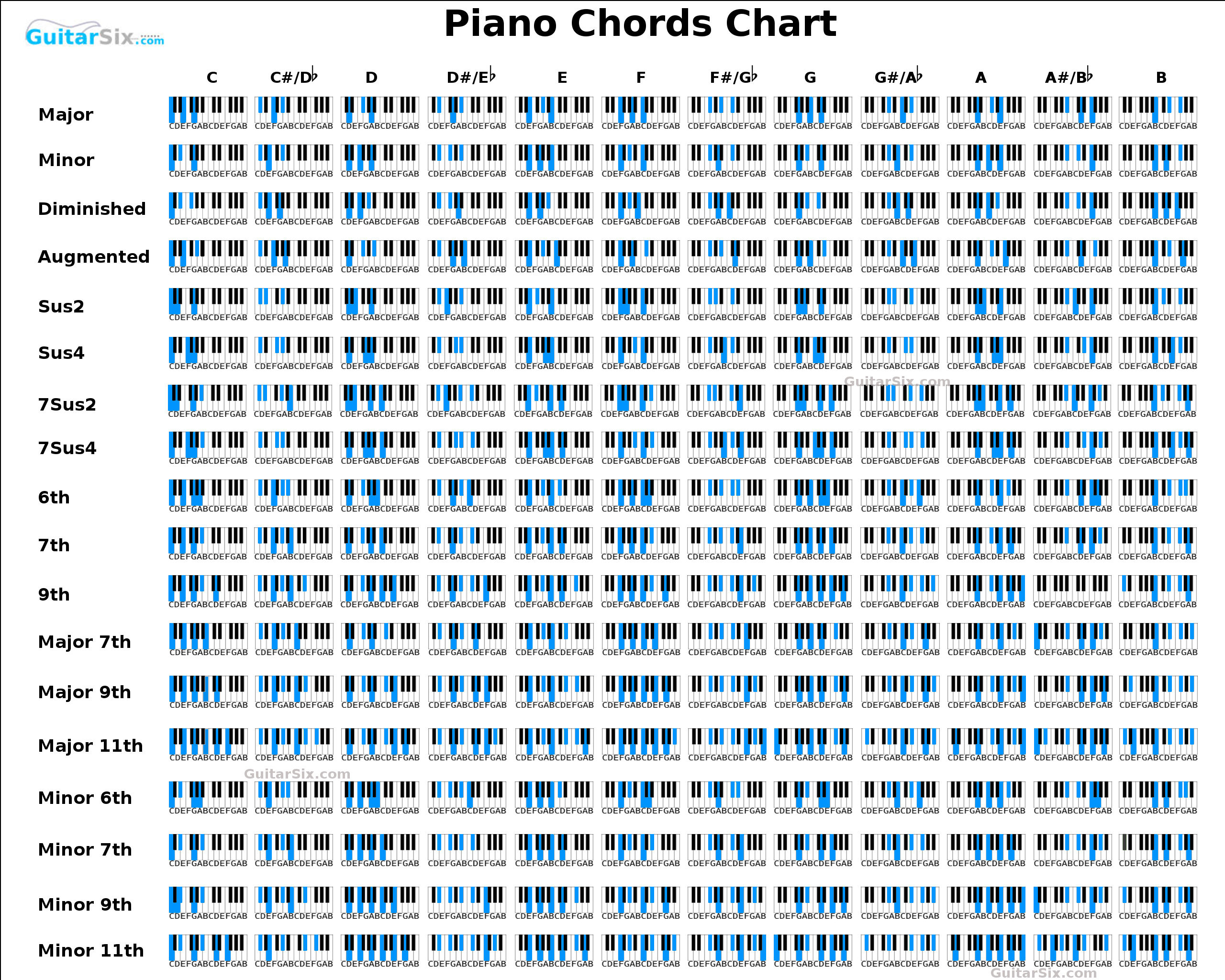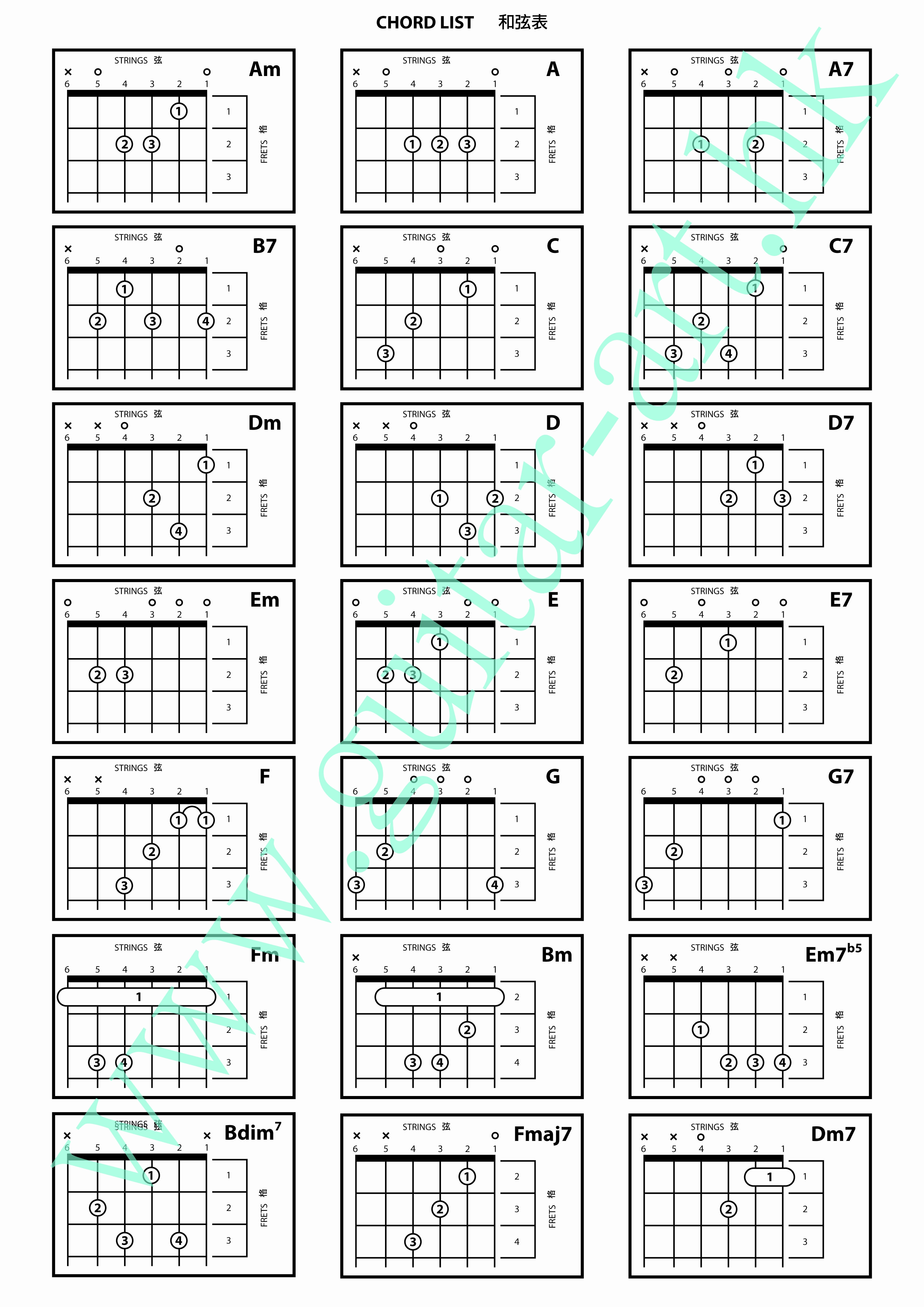
Not only this, but we actually abbreviate Major chords even further. Whenever we play any Major chord, we are actually playing the Major triad. For a quick reference, here is a chart of all 12 Major scales:Īll you really need to know is that stacking thirds produces chords that sound good and usable (as opposed to stacking 4ths, for example, which can sound a bit weird and ‘out there’). Therefore, the notes in the D Major scale are the same.Īnd so on it goes. The D Major scale contains the following notes: Therefore, the notes in the key of C Major are: For example, the C Major scale contains the following notes: If you don’t, I suggest you go and read this lesson on Major scales here.Īs a brief summary, the Major scale is a 7-note scale that determines the notes inside a given key. This means that you also need to understand what the Major scale is. Triads are simply three-note chords, built from the Major scale, by stacking thirds.

To understand how chords work, you need to understand what triads are. These chord tones (and alterations of them) can be added to chords, to form extensions. Extensions (2s, 4s and 6s) – 7th chords include the chord tones 1, 3, 5 and 7 (or alterations of those chord tones).7th Chords – When you stack an extra 3rd on a triad, you get a 7th chord.Triads – Triads form the basic chords that most people know and use pretty much all the time (Major and minor) as well as a few which are less used (augmented and diminished).The following outlines the three main categories of chords that we will explore. Lesson Breakdownīecause this is such a long lesson, it will be useful to provide a brief overview of how this lesson will be structured. If you hear how a new word sounds, you can probably guess what the spelling of the word is, with a reasonable degree of accuracy, but sometimes you come across exceptions.
#ALL CHORDS LIST HOW TO#
I compare this to learning how to spell words in English. Learning about chords is a mixture of logic and seemingly arbitrary rules.
#ALL CHORDS LIST SERIES#
This lesson is part five of a series of lessons on chords.

But by the end of it, you should have the ability (or at least a one-page reference guide) to figure out any chord that you come across. This lesson is not for the faint-hearted. The B Major 6 chord, for example, is made up of the B Major chord, as well as the 6th note of the Major scale. There are some obvious applications of numbers and labels that happen.

In some ways, ‘figuring out’ chords is relatively easy. That’s what we’re going to try to break down in this lesson.


 0 kommentar(er)
0 kommentar(er)
